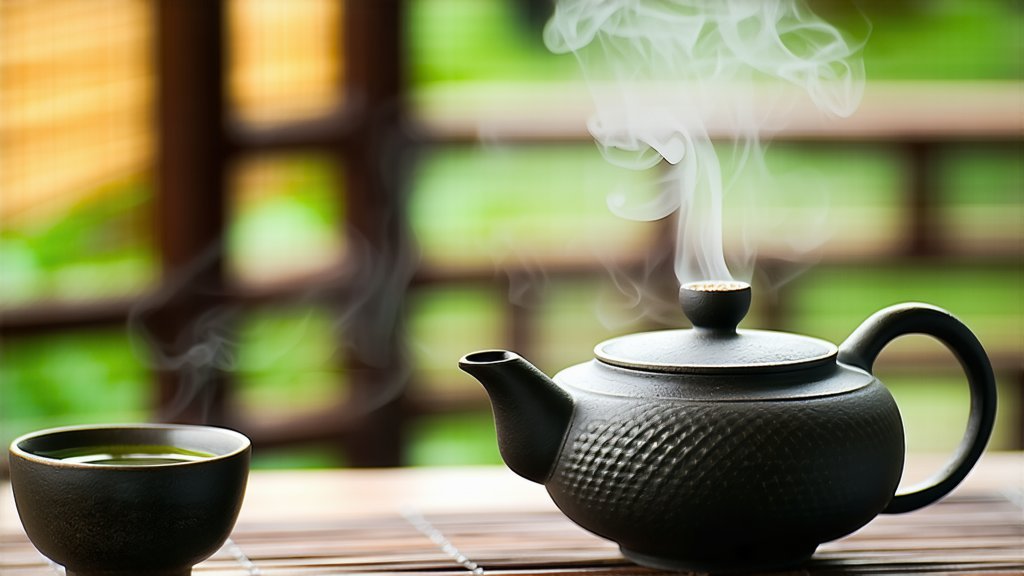
China, the cradle of tea culture, offers a vast array of tea varieties, each with its own unique charm and history. Among these, Keemun Black Tea stands out as a testament to the artistry and tradition that define Chinese tea culture. This exquisite tea, hailing from the picturesque mountains of Anhui Province in Eastern China, has captivated tea enthusiasts worldwide with its rich flavor profile and smooth finish. In this article, we delve into the fascinating world of Keemun Black Tea, exploring its historical roots, varieties, meticulous production process, and the art of brewing and savoring this delightful beverage.
A Glimpse into History
Keemun Black Tea, also known as Qimen Black Tea, traces its origins back to the Tang Dynasty (618-907 AD), making it one of the oldest tea-producing regions in China. However, it wasn't until the early 20th century that Keemun gained international recognition when it was introduced at the Panama Pacific International Exposition in 1915, where it won the highest award for tea. This accolade catapulted Keemun onto the global stage, establishing it as a symbol of Chinese tea excellence.
Varieties of Keemun Black Tea
Keemun Black Tea encompasses several distinct grades and types, each offering a unique taste experience:
-
Keemun Mao Feng: Often considered the finest quality, this tea is made from young leaves and buds, resulting in a delicate aroma and a sweet, fruity flavor with hints of orchid.
-
Keemun Hao Ya: Translated as "Premium Keemun," this grade features slightly larger leaves than Mao Feng but still maintains a high level of refinement, boasting a fuller body and a more pronounced maltiness.
-
Keemun Xiang Si Ping: Literally meaning "Fragrant Four Seasons," this blend combines Keemun with other premium black teas to create a balanced cup that showcases the best characteristics of each component.
-
Keemun Huang Shan Ya Sheng: Grown on the slopes of Mount Huang, this tea is known for its strong, robust flavor and deep amber color, making it a favorite among those who prefer a bolder brew.
The Art of Keemun Black Tea Production
The creation of Keemun Black Tea is an intricate process that demands precision and expertise. It begins with the careful selection of tea leaves from ancient Camellia sinensis var. assamica bushes, which are believed to contribute to the tea's distinctive flavor.
-
Withering: Freshly picked leaves are spread out in bamboo trays to wilt under the sun or in shade, allowing them to lose moisture and become pliable for rolling.
-
Rolling: The withered leaves are then rolled by hand or machine to break down cell walls, releasing enzymes that initiate oxidation and shape the leaves into tight spirals.
-
Oxidation: The rolled leaves are left to oxidize, a crucial step that transforms their green color to a dark brown and develops the complex flavors characteristic of black tea. This process can take anywhere from several hours to days, depending on the desired outcome.
-
Fixation: To halt oxidation, the leaves are quickly heated in a wok or oven, locking in their flavor and aroma.
-
Drying: Finally, the fixed leaves are dried to reduce moisture content, ensuring longevity and stability during storage.
Savoring Keemun Black Tea: The Art of Gongfu Brewing
To fully appreciate the nuances of Keemun Black Tea, one must embrace the traditional Chinese method of Gongfu brewing. This ritualistic approach not only enhances the tea's flavor but also provides a meditative experience:
-
Warm the Teapot and Cups: Begin by rinsing your teapot and cups with hot water to预热 them and remove any impurities.
-
Measure the Leaves: Use approximately 3-5 grams of loose leaf Keemun per 150ml of water. Adjust according to personal preference for stronger or milder taste.
-
Initial Rinse: Briefly steep the leaves in boiling water for about 5 seconds, then discard this first infusion to 'wake up' the leaves and remove any surface dust.
-
Subsequent Steeps: For subsequent infusions, add boiling water and let the tea steep for increasing intervals (10 seconds for the first, adding 5 seconds for each subsequent steep). Keemun is known for its ability to be steeped multiple times without losing flavor.
-
Observe and Sip: As you pour the brewed tea into cups, observe its lustrous color and inhale the enticing aroma before taking slow, deliberate sips to savor the complexity of flavors—from the initial sweetness to the lingering aftertaste.
In conclusion, Keemun Black Tea represents not just a beverage but a cultural heritage steeped in history and craftsmanship. Its diverse varieties cater to varying tastes while maintaining a consistent commitment to quality. By understanding its origins, embracing the meticulous production process, and mastering the art of Gongfu brewing, one can truly appreciate the depth and sophistication that Keemun Black Tea has to offer. Whether you're a seasoned tea connoisseur or a curious newcomer, embarking on your tea journey, Keemun invites you to explore its world of flavors and discover why it continues to enchant generations of tea lovers around the globe.